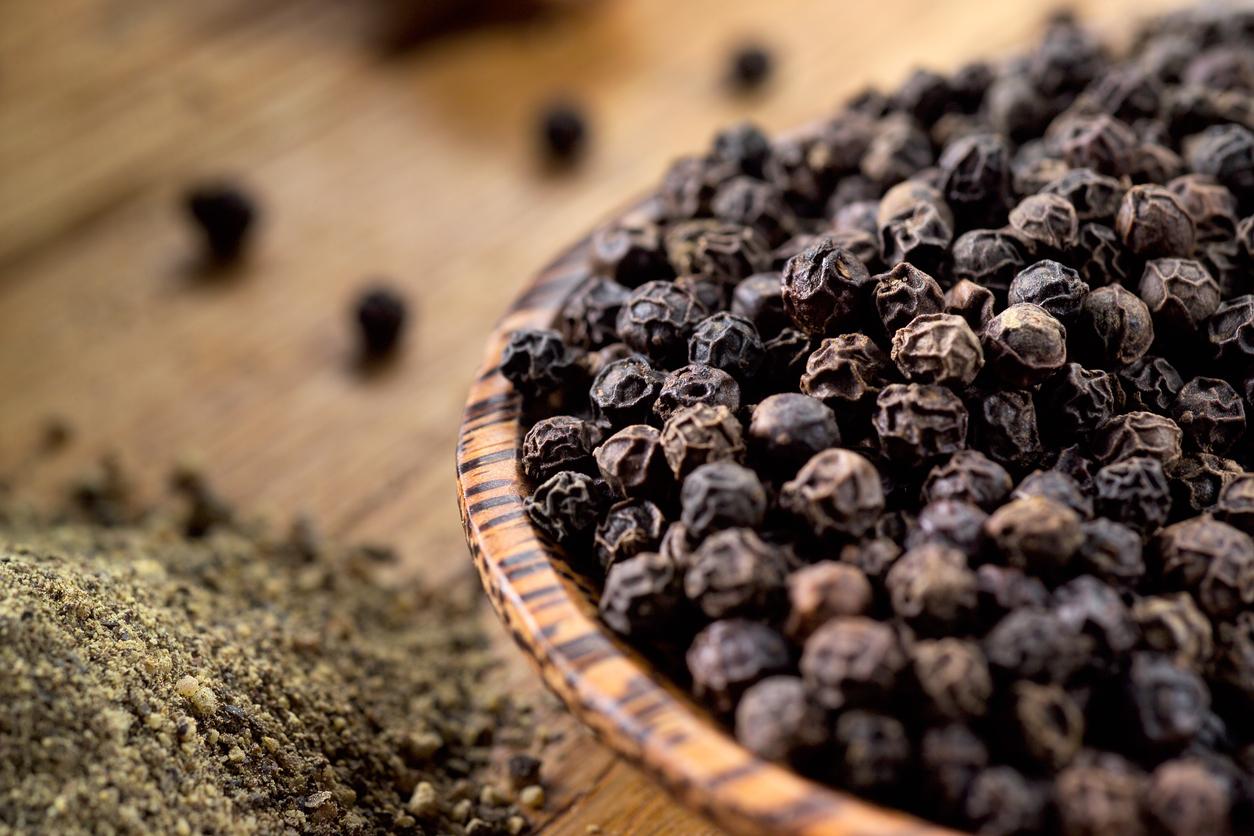This fruit may reduce the risk of cardiovascular problems while improving antioxidant levels in overweight and obese adults.

- Mango contributes a variety of phytochemicals and bioactive compounds to the diet, including 50% of the daily value for vitamin C, 15% for vitamin B9 and 15% for copper.
- Consumption of this fruit resulted in significant positive changes in two markers of oxidative stress.
- Eating this food also increased glutathione peroxidase (GPX), a powerful antioxidant enzyme.
It is one of the most beloved fruits in the world. The mango is appreciated for its creamy and sweet flesh and is renowned for its many benefits. “It contributes a variety of nutrients, phytochemicals and bioactive compounds to the diet, including 50% of the daily value for vitamin C, 15% for vitamin B9 (folate) and 15% for copper. Mango is also a predominant source of mangiferin, a bioactive compound”, detailed Young Hong, a researcher at San Diego State University (USA). Recently, he and his team confirmed that this food plays a role in cardiovascular health and has antioxidant properties. To reach this conclusion, they performed a study presented at the American Society for Nutrition’s Nutrition 2023 meeting, held July 22-25 in Boston.
Eat either a mango or low-fat cookies for 28 weeks
As part of this work, the scientists followed 27 overweight or obese people, including 16 men and 11 women, aged 18 to 55 for 28 weeks. The participants were separated into two groups. Some were told to eat a cupful of mangoes (100 calories), and others were required to eat low-fat biscuits (100 calories) for 12 weeks, as part of their normal lifestyle and habits. food. After the first 12 weeks, the volunteers took a 4 week break. Then, they exchanged with the other adults and therefore consumed the “alternative snack” until the end of the intervention, ie for another 12 weeks. During the research, patients provided fasting blood samples three times: at the start of the experiment, at the fourth and twelfth week.
Positive cardiovascular changes observed after mango consumption
During the first 12 weeks of the intervention, significant positive changes were observed in the health of two markers of oxidative stress, reduced vascular cell adhesion molecule-1 (VCAM-1) and increased superoxide. dismutase (SOD). Over the past 12 weeks, data has shown a significant increase in glutathione peroxidase (GPX), a powerful antioxidant enzyme. Put simply, mango helped improve participants’ cardiovascular health and boost their antioxidant levels.
“SOD and VCAM-1 play opposing roles as risk factors for vascular problems. While the SOD enzyme reduces risk by breaking down charged oxygen molecules called superoxide radicals, which are toxic, the VCAM-1 gene causes cells to stick together along the vascular lining, leading to an increased risk of problems.To achieve good vascular health, we want to see these two compounds moving in opposite directions – SOD up and VCAM-1 down – what happened in the study. Additionally, GPX works by converting hydrogen peroxide to water in the body, thereby reducing the harmful oxidative effects of hydrogen peroxide,” explained Young Hong.
















